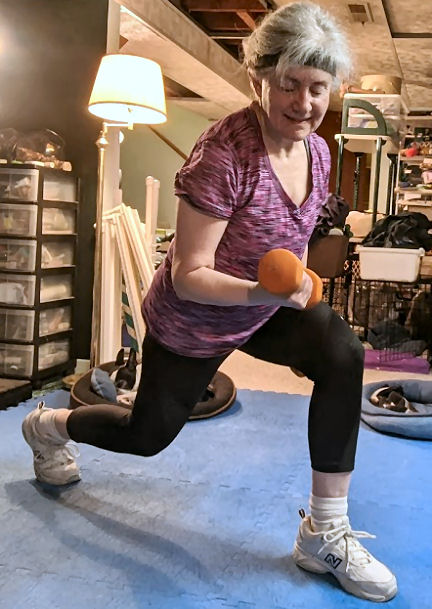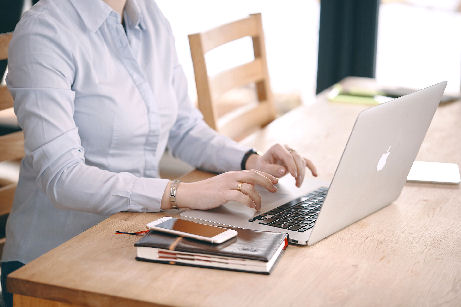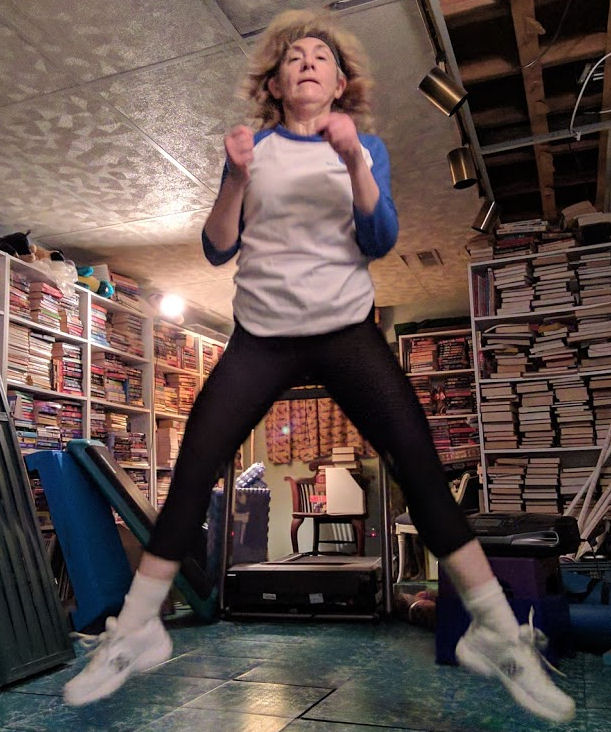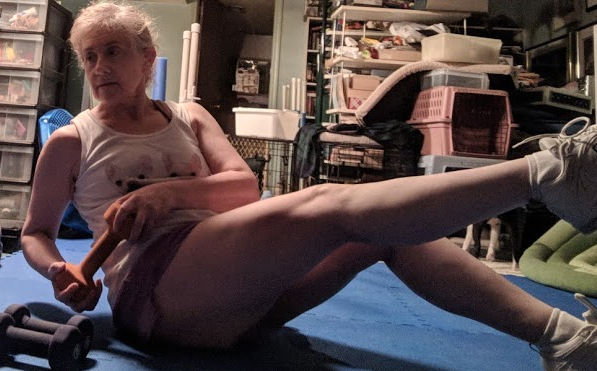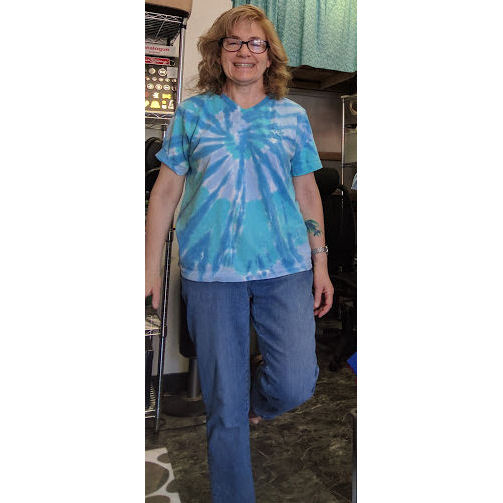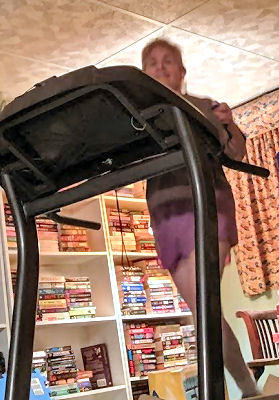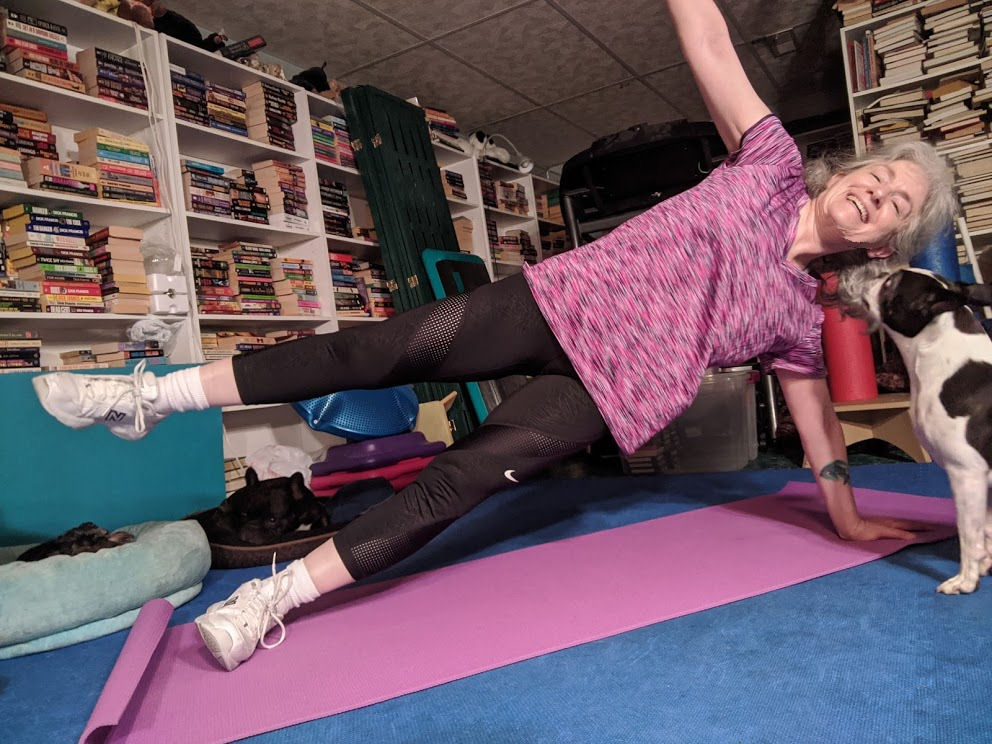Exercise is good but don’t overdo
I’ve been telling you about the benefits of exercise for a long time. The first time I listed some of the benefits of exercise was way back in 2015 in my article “Why Exercise?” Exercise burns calories so you can eat more (still my favorite reason!), it can combat some health conditions and diseases, it boosts your mood and gives you energy, and on and on. Exercise is good, but don’t overdo it.
I remember years ago when I used to go to a gym there were women on treadmills and stationary bikes for hours and they wondered why they kept getting sick or weren’t losing any weight. In all probability, these people were overtraining.
Cortisol and “fight or flight”
Cortisol is a hormone your body produces when it’s under stress, or when your body thinks it’s under attack. If you’re walking along and a big dog jumps at you from behind a fence and starts barking, you’re still going to jump. Your heart is going to beat faster, even though you know that it can’t get to you from behind the fence. Your body is designed to automatically protect you from threats. It produces adrenaline and cortisol. Adrenaline speeds up your heart and makes you hyper-aware of threats.
When you realize that you’re safe and the threat is gone, your heart rate goes back to normal and your breathing slows down. According to the Mayo Clinic, cortisol “curbs functions that would be nonessential or harmful in a fight-or-flight situation. It alters immune system responses and suppresses the digestive system, the reproductive system and growth processes. This complex natural alarm system also communicates with the brain regions that control mood, motivation and fear.”
Cortisol and exercise
So, when you overdo exercise, your system thinks it’s under attack and produces cortisol. And keeps producing it. So your body retains elevated levels of cortisol. It can interfere with the way your body works normally and even slow down your metabolism, according to Louis Cohn, a physical therapist at Aurora Sports Health. Cohn says, “When starting out, aerobic sessions should be kept between 30 and 45 minutes. You are then able to obtain the positive effects of cardiovascular training without the negative effects of over-training.” So it turns out that over-exercising can be just as bad as not exercising at all.
Moderation in everything
My workouts are 30 to 45 minutes 3 or 5 days a week. On days when I don’t have anything pressing, I’ll do a 50-minute workout. This works for both aerobic and weight training. And remember to rest the muscle group you worked the day after that strength program.
So, like chocolate, exercise is good, but don’t overdo. Be sure to listen to your body. If you’re tired or if your body is aching in ways that are weird, you may be overdoing exercise. Take a break. Do something less stressful for yourself. A gentle yoga or pilates practice might be a good “rest day” activity. And be sure to eat well to fuel your body.

